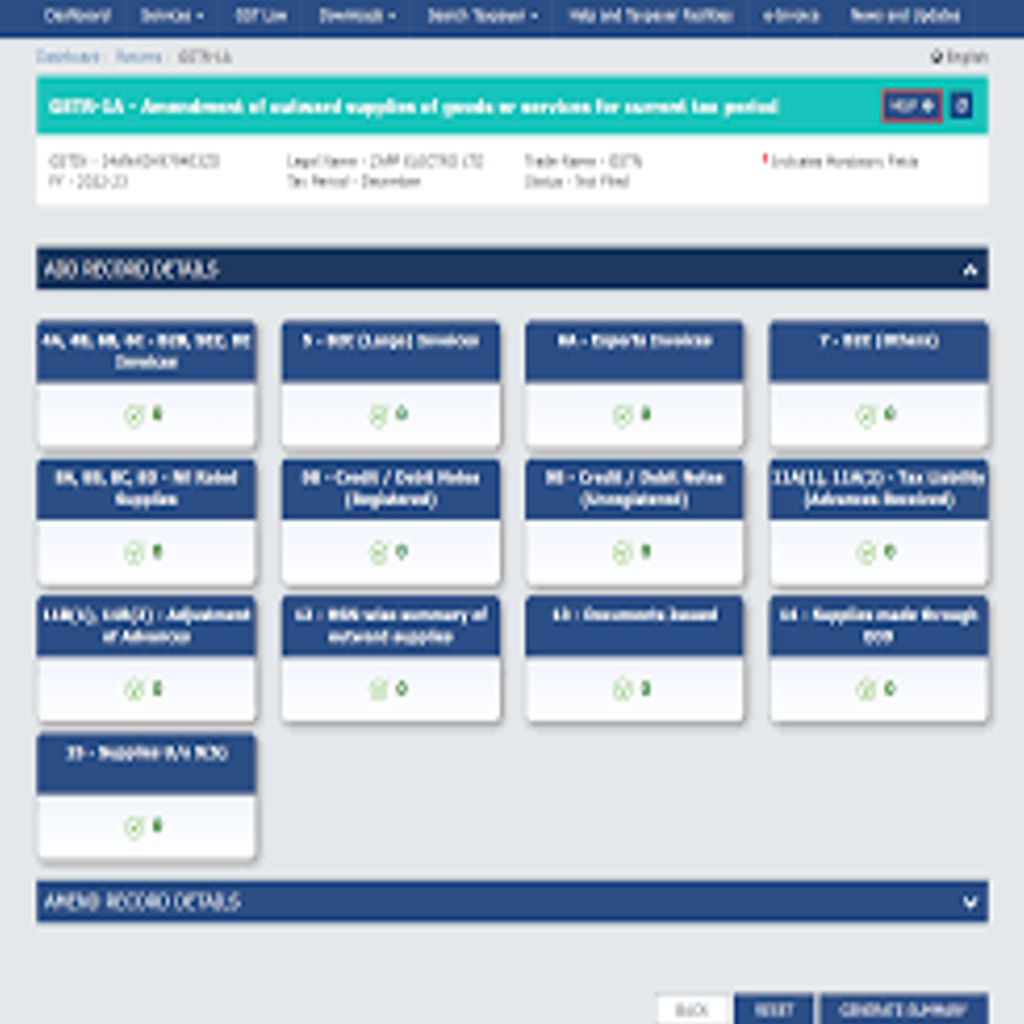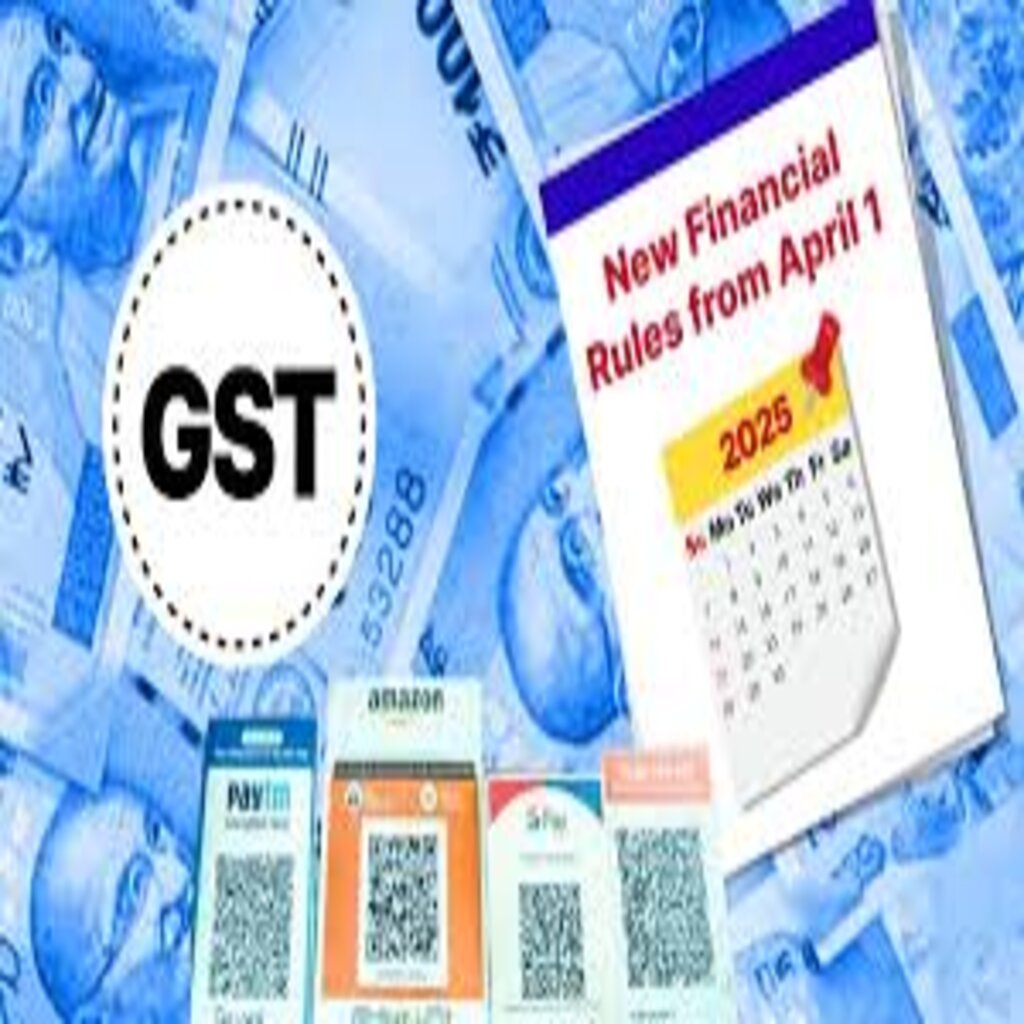GSTR-3B Locking activated starting April 2025
To streamline compliance and improve the accuracy of GST returns, the Goods and Services Tax Network (GSTN) has introduced significant changes in the reporting mechanism of Table 3.2 of GSTR-3B, applicable from the April 2025 tax period onwards.
Table 3.2 deals with inter-state supplies made to unregistered persons, composition taxpayers, and UIN holders. This table plays a crucial role in capturing tax liabilities on such supplies accurately, based on the outward supplies reported in GSTR-1, GSTR-1A, or IFF.
————————————————————————————————————————–
Key Highlights of the Advisory
1. Auto-population of Table 3.2
- Table 3.2 of GSTR-3B captures values from inter-state supplies declared in GSTR-1, GSTR-1A, and IFF.
- These values are auto-populated based on the corresponding supply details already reported in Table 3.1 & 3.1.1 of GSTR-3B.
————————————————————————————————————————–
2. Table 3.2 to Become Non-editable
- From the April 2025 tax period, the auto-populated data in Table 3.2 of GSTR-3B will be non-editable.
- Taxpayers will no longer be able to manually change or correct these values in GSTR-3B.
This means GSTR-3B must be filed with system-generated values only in Table 3.2.
————————————————————————————————————————–
3. Rectifying Incorrect Auto-populated Data
- If any discrepancy is found in the auto-populated values of Table 3.2 after April 2025, taxpayers can make corrections only through the following methods:
- By amending relevant entries via Form GSTR-1A, or
By filing amended or corrected data in Form GSTR-1 or IFF for subsequent tax periods.
There will be no provision to rectify errors directly in GSTR-3B after the auto-population process.
————————————————————————————————————————–
4. Ensuring Accuracy in GSTR-3B
To ensure that GSTR-3B reflects accurate tax liabilities:
- Taxpayers must ensure correct and consistent reporting in GSTR-1, GSTR-1A, or IFF.
These filings form the basis of the auto-populated values in Table 3.2 of GSTR-3B. - Accuracy in these forms will lead to compliance-ready, auto-generated values without the need for post-filing amendments.
————————————————————————————————————————–
Frequently Asked Questions (FAQs)
Q1. What changes are introduced in Table 3.2 of GSTR-3B from April 2025?
From April 2025, values in Table 3.2, related to inter-state supplies to unregistered persons, composition taxpayers, and UIN holders, will be auto-populated and non-editable in GSTR-3B.
————————————————————————————————————————–
Q2. How can I rectify errors in Table 3.2 of GSTR-3B after April 2025?
If incorrect values are auto-populated, amendments must be made through Form GSTR-1A or in GSTR-1/IFF filed in subsequent tax periods.
————————————————————————————————————————–
Q3. What should I do to ensure correct values in Table 3.2?
Ensure accurate reporting of inter-state outward supplies in GSTR-1, GSTR-1A, or IFF. The system uses these forms to derive auto-populated values in Table 3.2.
————————————————————————————————————————–
Q4. Until when can I make amendments using GSTR-1A?
Form GSTR-1A can be filed after GSTR-1 and till the time of filing GSTR-3B. Thus, amendments to Table 3.2 can be made up to the moment of filing GSTR-3B.
————————————————————————————————————————–
This update is part of GSTN’s broader initiative to improve automation, transparency, and accuracy in return filings. Taxpayers are encouraged to verify data in GSTR-1/IFF carefully before filing and utilize GSTR-1A promptly if corrections are needed. Staying aligned with these changes will ensure compliance and prevent delays in return submissions.
For more details and official notifications, please visit the GST Portal.





